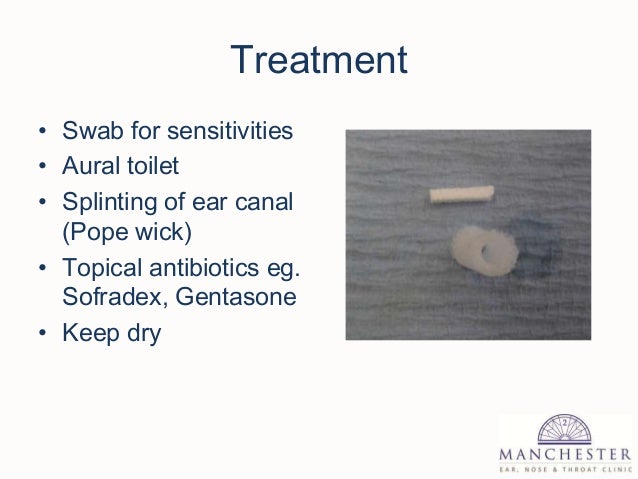

The external auditory canal (EAC) curvature is different in adult and paediatric patients. The tympanic membrane faces downwards and laterally ( Figure 1B). Side effects of ear syringing, which will be discussed later in this article, involve many of these nerves. Innervation of the ear is from multiple nerves including the cervical plexus, trigeminal nerve (CNV), facial nerve (CNVII), glossopharyngeal (CNIX) and vagus nerves (CNX). The blood supply is from branches of the external carotid artery. The external ear consists of the pinna, ear lobe, conchal bowl and external acoustic meatus ( Figure 1A). The following is a brief review of the external ear and tympanic membrane anatomy.


Ear anatomyĪ knowledge and understanding of normal ear anatomy is essential in the correct management of impacted cerumen with the use of ear syringing. This article will discuss the composition of ear wax, why it accumulates, treatment options and potential complications, to assist GPs in safely managing this condition. 1 As a consequence, one in five medico-legal cases involving GPs are related to ear syringing. However, 1 in 1000 patients experience major complications following syringing. 1 It is considered by most to be effective and safe. Ear syringing is often the treatment of choice, and most GPs see a minimum of two patients per week for ear syringing. Cerumen impaction (also known as ear wax) is a common presentation to a general practitioner (GP).


 0 kommentar(er)
0 kommentar(er)
